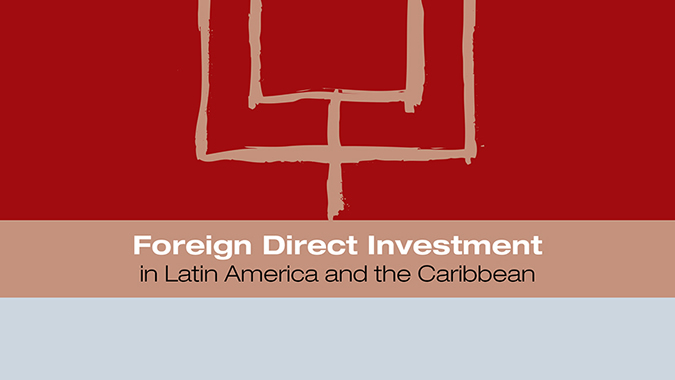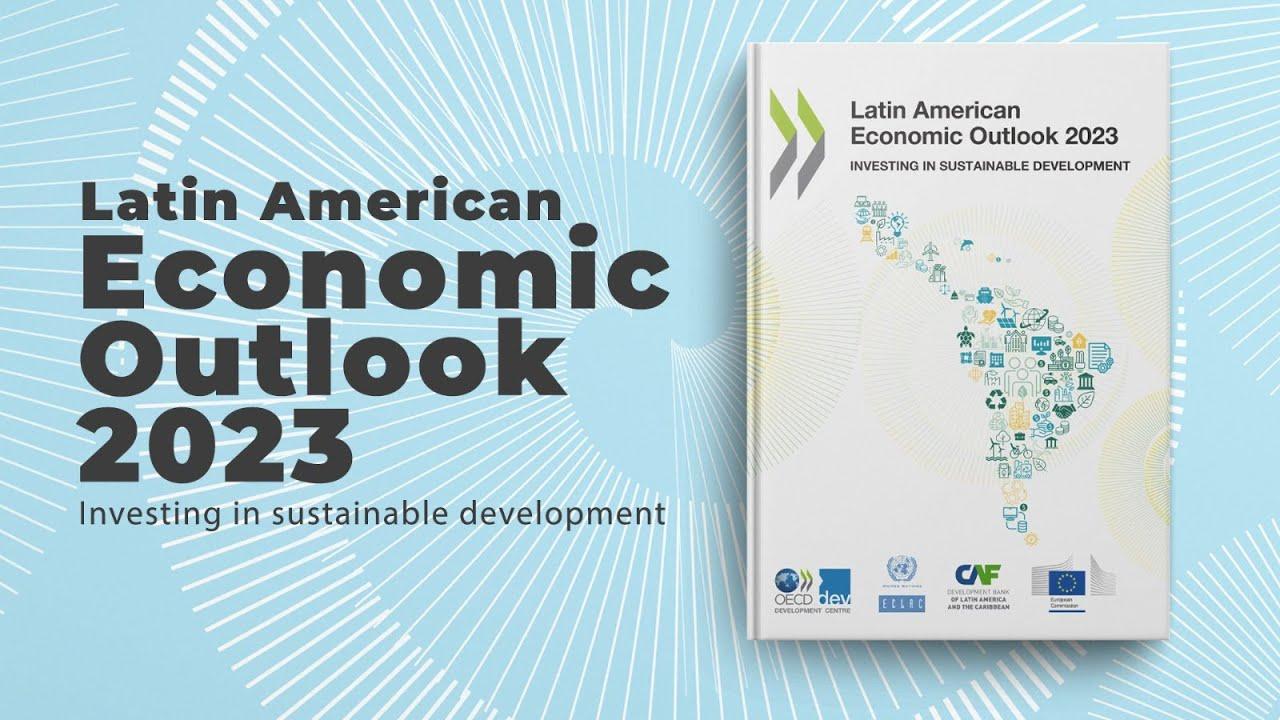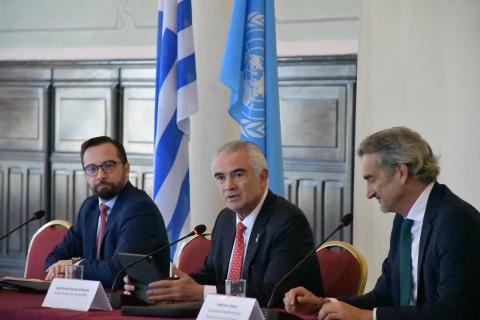Announcement
The flows of Foreign Direct Investment (FDI) towards 16 Latin American and Caribbean countries declined 21% during the first half of the year compared to the same period of last year, to total 88,717 million dollars, the Economic Commission for Latin America and the Caribbean (ECLAC) reported.
The data revealed today is the update ECLAC issues each year on the main figures of the Foreign Direct Investment in Latin America and the Caribbean report, the latest edition of which was launched in May.
Among the factors that explain the decline of FDI towards the region are the fall of investments in mining and hydrocarbons due to the reduction of international prices, China’s deceleration and the region’s negative economic growth (which ECLAC estimates as -0.3% for 2015), in particular Brazil.
Although almost all the countries considered present a reduction of FDI inflows, the drop for the region’s total is concentrated in Brazil (-36% from January to August), where an important part of foreign direct investment has been traditionally oriented towards the development of market-seeking activities. In fact, the fall of domestic demand and the negative growth perspectives determined the country’s results in the first semester.
Mexico is the second recipient of FDI, although in the first six months of the year the country received 8% less foreign direct investment compared with the first semester of 2014. Despite this fall, the expectations of achieving growth by the end of the year are still current. Of the 13,750 million dollars received in the first half of 2015, 41.1% was oriented towards the manufacturing sector, 19.1% to telecommunications and 14.4% to financial services.
In Chile, FDI inflows decreased 10% between January and August of this year. The drop was concentrated especially in the mining sector, a situation that is likely to continue for the rest of the year.
In Argentina, FDI inflows of 5,302 million dollars were registered with a very pronounced growth with respect to the previous year. Nevertheless, this is explained by the accounting of the Spanish firm Repsol’s divestment of oil company YPF in the first semester of 2014. Excluding this change of property, FDI would have dropped by 11.5% in the first semester of 2015 compared to the same period of the previous year.
FDI inflows also decreased in Bolivia (-3%), Colombia (-22%), Costa Rica (-2%), Ecuador (-15%), Guatemala (-26%), Nicaragua (-4%), Peru (-11 %), Dominican Republic (-21%) and Uruguay (-25%), confirming a disturbing regional panorama.
On the other hand, FDI grew in the first semester in El Salvador, Honduras and Panama. In effect, Central America is the only sub-region where FDI increased.
Outgoing Foreign Direct Investment from Latin America and the Caribbean also declined (-7%) during the first half of 2015. Nevertheless, in this case there is a greater heterogeneity in the behavior of investments by companies known as “translatinas” and the drop in the entire region is explained essentially by Brazil, where those investments fell 40% between January and August of 2015.
Outward direct investments grew noticeably in Chile (7,794 million dollars, +163%), Mexico (7,336 million dollars, +74%), Peru (620 million dollars, +526%) and Guatemala (18 million dollars, +21%).



